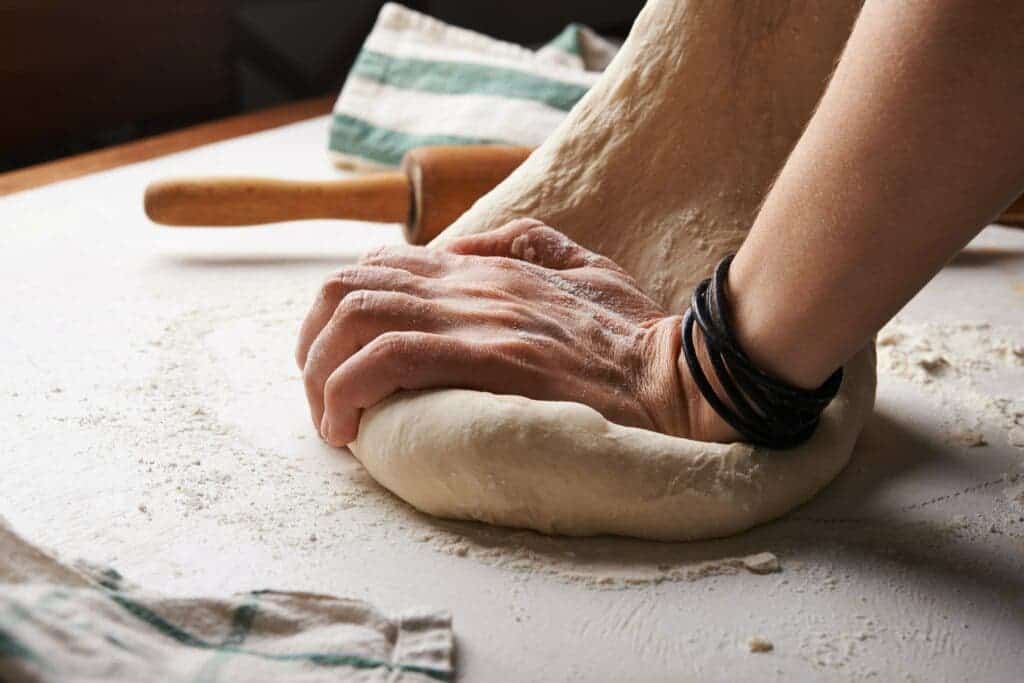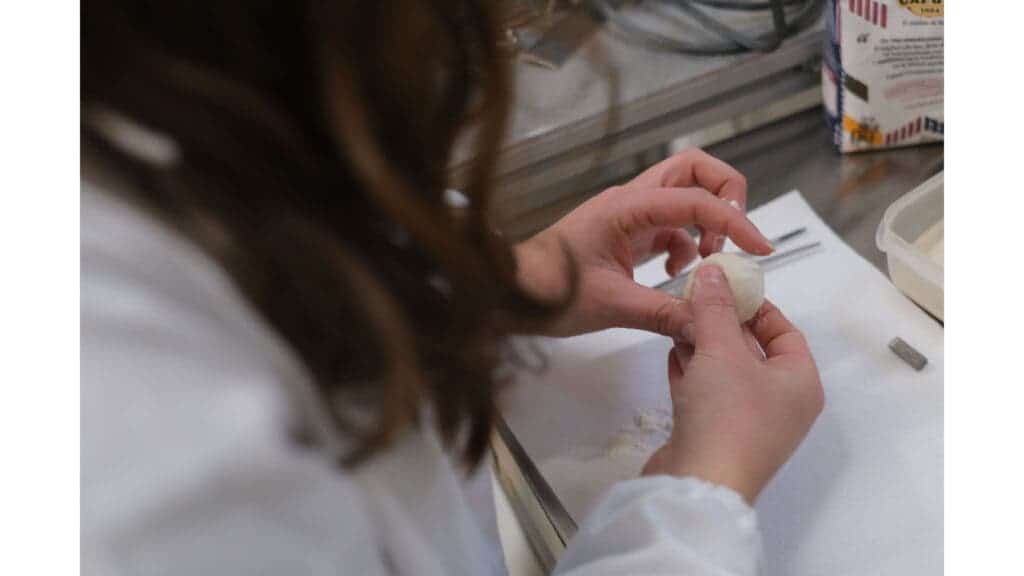Dissolving gas into dough can make pizza grow without the need for yeast, a new study reports. The perfect, yeast-free pizza may be just around the corner.

Yeast has been a staple of bread for thousands of years, causing the dough to rise and develop into the airy structure we know and love. Without yeast, baking bread (and other dough-based products) with the desired characteristics becomes much harder. But not impossible.
A team of researchers from the University of Naples Federico II has developed a method to leaven pizza dough without yeast. They used an autoclave — a machine that used to carry out scientific or industrial processes where high temperatures are necessary (for instance, autoclaves are used to sterilize surgical tools before procedures).
The dough consisting of water, flour, and salt was mixed and placed in an autoclave, and from there, dissolved gas was inserted into the dough at high pressure, a process somewhat similar to how gas is added into soda. Then, the bubbles formed into the dough as the pressure is released during baking. The pressures were relatively low, comparable to those in a coffee maker.
“The key to the process is to design the pressure release rate not to stress the dough, which likes to expand gently,” said author Ernesto Di Maio.
We asked Di Maio what motivated the team to develop this method, and he jokingly said:
“Come on, we are Neapolitans, we always think of pizza!” But on a more serious note, the researcher added that he is allergic to yeast, as are millions of people around the world. In fact, the method could have several key advantages. For starters, it greatly reduces the leavening time, which could be important for restaurants to optimize their process. In addition, the researchers hope that studies like this one can bring polymer processing and rheology of complex fluid to the focus of a larger audience.

The team, which included its very own professional pizza-maker/graduate student, does not own a food-grade autoclave yet (but they are getting one) so they could only try the pizza unofficially — but based on what Di Maio told us, there seems to be no difference to regular, yeast pizza.
There are other advantages to the method. For starters, you can customize the dough recipe in many ways — something that is very difficult to do when you have to use yeast. For instance, it’s very hard to make gluten-free pizza in the standard way, but without yeast, it could be much easier. Basically, the technique opens up a whole new world of new ingredients, flavors, and textures that can be used in pizza, Di Maio says. You can also control how fluffy the dough will turn out by controlling the bubble size and numbers.
“We mainly studied how dough behaves with and without yeast. How the softness changes with leavening, and how the dough responds to a temperature program during baking,” said author Rossana Pasquino. “This was fundamental to designing the pressure protocol for the dough without yeast.”
“We had a lot of fun applying things we know well to delicious polymers, instead of our typical and sometimes boring smelly plastics,” Pasquino also added. “The idea of approaching food samples with the same technologies and knowledge used for thermoplastic polymers was surprisingly successful!”

But the method is still in its incipient phase and there are also challenges. First of all, you need an autoclave, which may be expensive and inaccessible to many restaurants. Some ingredients may simply not be compatible with the method, Di Maio adds, and there are also cost and safety concerns.
Ultimately, many useful things can come out of the study, and the researchers seem to have truly enjoyed the process as well. They’re even starting a new Ph.D. program on food foaming to explore the landscape of new opportunities. After all, as Di Maio concludes, few things compare to the joy of a pizza.
Journal Reference: “Rheology-driven design of pizza gas foaming” is authored by Pietro Renato Avallone, Paolo Iaccarino, Nino Grizzuti, Rossana Pasquino, and Ernesto Di Maio. The article will appear in Physics of Fluids on March 22, 2022 (DOI: 10.1063/5.0081038). After that date, it can be accessed at https://aip.scitation.org/doi/full/10.1063/5.0081038.


